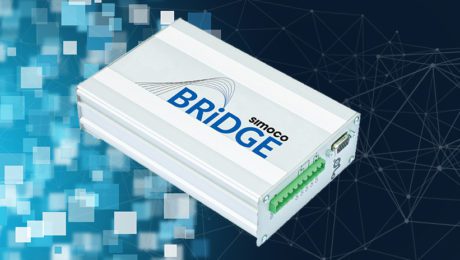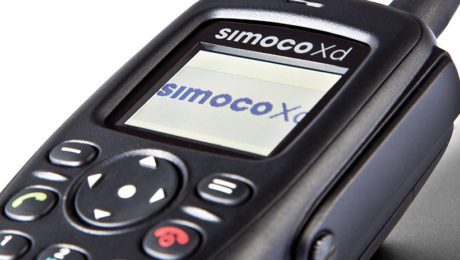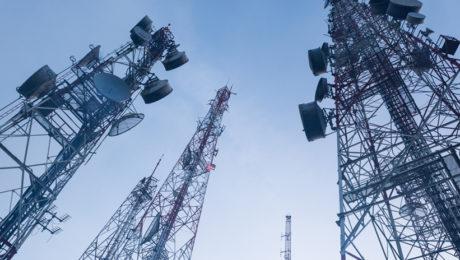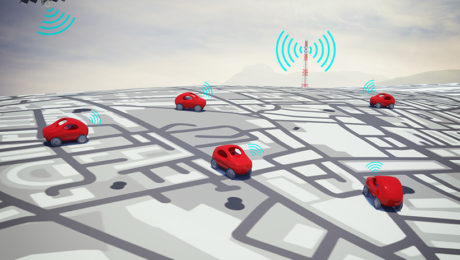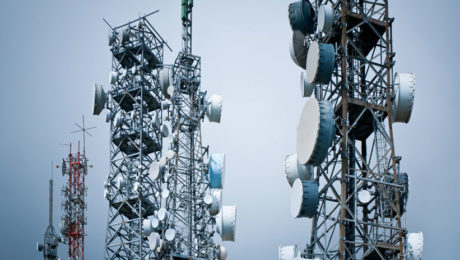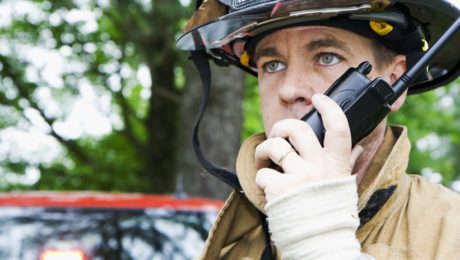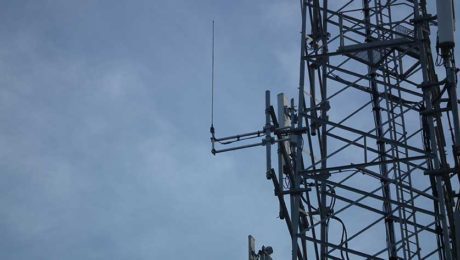Transforming your radio network with advanced IoT connectivity
The evolution of the Internet of Things (IoT) era has opened up to enormous capabilities for traditional radio communication networks to converge with rich data applications and digital communication channels such as email to be seamlessly integrated with traditional voice.
What is the IoT?
The Internet of things is a huge and rapidly growing ecosystem resulting from the embedding of IP connectivity in ordinary devices or “things”. These devices can communicate and interact with others over the Internet, and can be remotely monitored and controlled. The broad aim is to capture previously untapped data from across this infrastructure and to turn this data into tangible insights and actions, some of which may be automated in nature.
- Published in Professional Mobile Radio
Re-launch of the SDP660 Advanced DMR Portable Radio – new features now as standard!
The SDP660 Advanced DMR Portable radio has continued to evolve as an enhanced DMR radio which boasts a rich feature set and improved durability with modifications made to the antenna, PTT, battery and keypad. The radio works on numerous modes such as DMR Tier II conventional and DMR Tier III trunked as well as conventional analogue mode which allows customers to migrate their analogue radio systems to digital.
The advanced DMR portable radio has new exciting features that now come as standard. Some of these features include: MPT1327 which allows for terminal led migration, OTAP to allow remote fleet management, AES256 encryption for protection against eavesdropping and Full Duplex to allow more natural flowing conversations.
- Published in Professional Mobile Radio
Extend your radio coverage in hostile areas with Simoco’s Single Frequency Repeat feature
Implementing a critical communications network often has issues and challenges that need overcoming. Implementing one in an environment that is particularly hostile to radio coverage is further challenging as it can present coverage blackspots for radio communication. For instance, typical operations could involve groups of people communicating in particularly narrow gorges, shallow caves or relatively small buildings.
A Simoco 600 / 700 series DMR radio terminal (mobile or portable) with the Single Frequency Repeater (SFR) feature enabled will repeat on slot 2 traffic received on slot 1. The DMR radio terminal essentially serves as a single frequency DMO repeater.
- Published in Professional Mobile Radio
Fully distributed IP architecture: Mission critical network infrastructure with Simoco Xd
Many new radio communication systems require a significant upfront investment, which means it may take several years to generate a return on investment. Simoco Xd does not require large amounts of physical infrastructure to be installed, rather, it scales up through IP. Expanding the network simply involves installing new base stations all connected via the IP infrastructure.
Simoco have gone further than anyone else in maximising DMR’s unique capabilities, developing a standards-compliant system built on a fully distributed architecture. Our Simoco Xd DMR solution is more scalable, flexible, resilient and cost-effective than alternative DMR offerings.
- Published in Professional Mobile Radio
Fleet of foot: Using dispatch technology to improve your fleet operations
Visibility is a key challenge for every organisation. Understanding what is going on within the business – particularly as it grow and changes – is critical in order to retain control of that business, and ensure it grows in the right way.
Yet visibility means a multitude of different things. It can mean understanding what different staff members are working on at different times. It can mean keeping track of which products and services are selling better than others. And, in the case of organisations incorporating a fleet of vehicles, it can mean knowing where each of those vehicles are located, where they are travelling to, and where they need to go next.
- Published in Professional Mobile Radio
All mapped out: how we plan our communications networks
How do you create a radio communications network? All projects begin with the same foundational building block: a careful understanding of radio frequency, or RF propagation.
Simply put, RF propagation is about predicting the pathway that radio waves will take across the terrain or environment in question – whether that environment is as small as an office or as big as a country. It’s about establishing where those waves are likely to be disrupted or distorted, whether because of obstacles, environmental features, building materials or rugged terrain – and then finding ways of working around those disruptions, to ensure a powerful and reliable signal throughout. If you want to end up with comprehensive and resilient coverage (which is, of course, our guarantee on every project), then you need to begin with a thorough RF propagation phase.
- Published in Professional Mobile Radio
Tackling critical communications in confined spaces
When implementing a unified critical communications network in any environment, there are always issues and challenges to be overcome. However, when implementing one in a confined space those challenges are augmented, and an entirely new set of difficulties is presented.
Developing a comprehensive communications network that can perform in adverse environments such as road or rail tunnels, or more industrial settings such as mines is not only important to delivering operational success either. Having reliable communications infrastructure in place is a must in order to ensure the safety of any members of staff or the public who may be using the space too. Operators need systems and technologies that can withstand challenging conditions and provide reliable and safe links for those in the confined environment.
- Published in Professional Mobile Radio
What do emergency services look for in a communications network?
The importance of our emergency services and the depth of their contribution to society cannot be overestimated.
Rapid response units, for the police, fire and ambulance services, all rely on a robust communications network to share information keeping their colleagues in the loop and saving lives.
In practice, this network will look very different depending on the service that is being provided, the location and the kind of emergencies they will typically be dealing with. However, Professional Mobile Radio (PMR) is one of the core communication technologies at the heart of many public safety operations.
- Published in Professional Mobile Radio
Why facility managers need digital mobile radio
‘Single site’ covers a lot of bases. Single site organisations can be as small as an individual shop or office – or as huge and complex as hospitals, universities and even festival sites and holiday parks. Clearly, such sites have very different communications challenges from their smaller cousins.
Thousands or even tens of thousands of people work across these large single site organisations. Some, of course, are unique to particular sectors, such as the health practitioners in hospitals, but a huge proportion operate in all industries, from cleaners and maintenance staff to security personnel. These staff make up facilities management – and for them, communications are critical.
- Published in Professional Mobile Radio
Ensuring Effective Radio Network Maintenance
If you’re a regular reader of Land Mobile you might have caught a recent article on radio maintenance which features comment from our very own Barend Gildenhuys, technical director at Simoco Group.
With modern two-way networks more robust than ever the article discusses how much maintenance is required given the latest technology is so reliable. It points to the wide range of advice available for radio network managers, including information on radio site engineering from ETSI and the Federation of Communications Services (FCS).
- Published in Professional Mobile Radio
- 1
- 2
